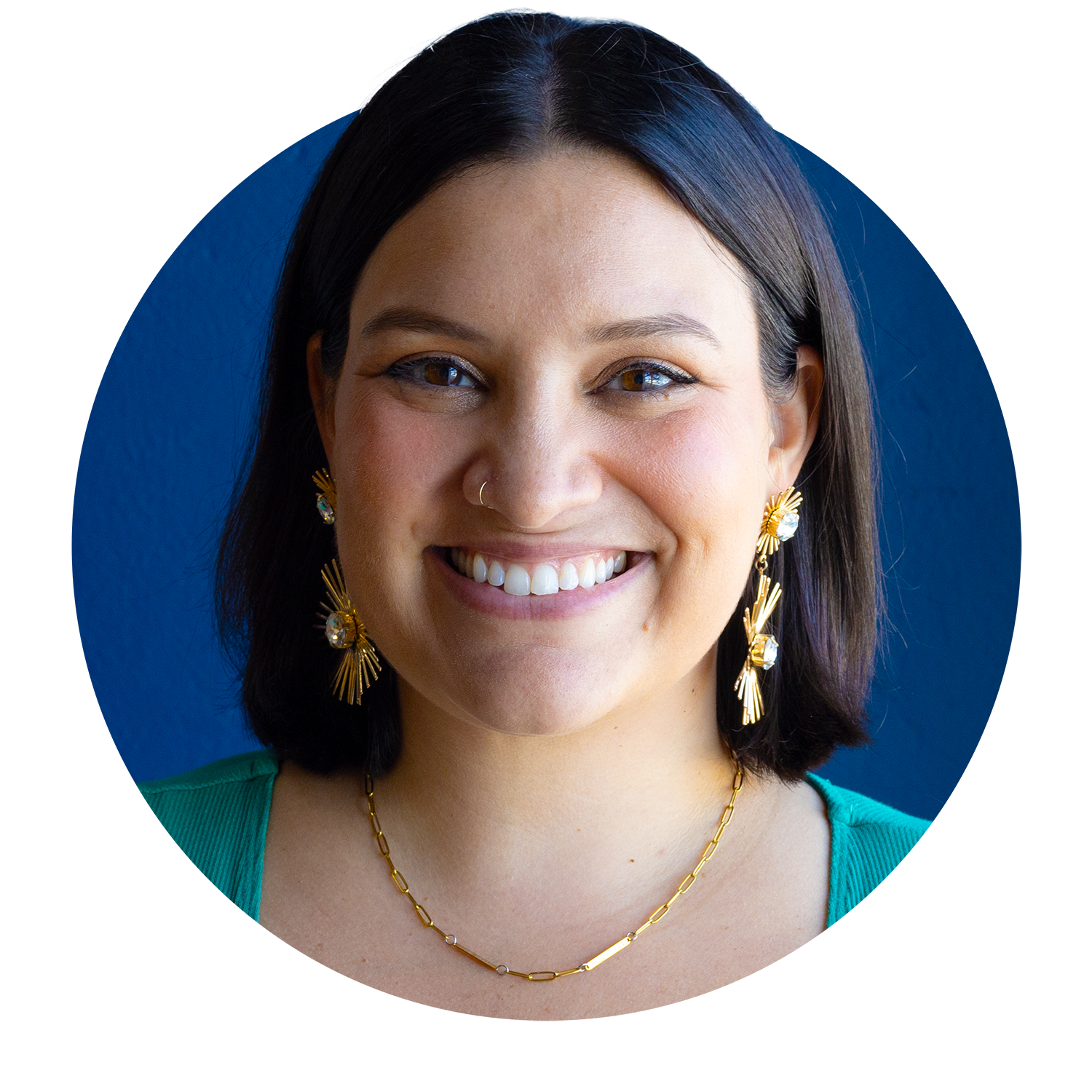If you’ve ever seen the movie The Truman Show with Jim Carrey, you probably remember laughing at the various “product placement” scenes. The premise of The Truman Show, for those who haven’t seen it, is that Jim Carrey is unknowingly the star of a reality TV show – his entire life is broadcast by hidden cameras, and every experience and interaction he has is controlled and scripted. We learn that in order to finance the popular show, the creators rely on paid “product placements” during the broadcast… and as every marketer knows, these don’t always fit in so seamlessly, resulting in placements (almost) as painstakingly obvious as this:
At the core of product placement in marketing – both exaggerated and fictional as in the scene above and real as in popular TV shows/movies – is a desire to have your product/brand be seen in its natural habitat, where consumers are already looking. Is there an MTV show host that’s popular amongst your target audience? Pay for them to drink an ice-cold Coca-Cola on-screen! As marketing professionals, we want to gain consumer trust by presenting our brand/product in an authentic way while being seen by as many as possible, but as consumers, we know that one of the first things we do when making a purchase decision is seek out reviews and information as told by impartial people – or what some might call user-generated content.
According to this article from SmartBrief, in search marketing, adding customer star ratings to Google PLAs can increase Click-Though-Rate by 17 percent and lower Cost-Per-Click by 15 percent. Furthermore, 77 percent of consumers say they trust other customer photos over brand photos.
See the connection here? We want consumers to see our brand/product in its natural habitat and in an authentic, trust-building manner. When you look at it that way, reviews, comments and user-generated content become a goldmine of opportunity, because that’s exactly what they are – authentic presentations of your brand from impartial sources. In their own way, these digital elements are free product placement, and brands should be capitalizing.
Whether it’s aggregating and sharing customer reviews or simply interacting with people already using your product/brand, there’s an incredible amount of opportunity to gain and keep consumer trust through user-generated content. Is product placement dead? Of course not, but why pay to have an ice-cold Coca-Cola prominently placed on MTV when you could simply share an already popular video in which someone drinks a Coca-Cola? Your brand is already being placed in content, free of charge, and with the help of social media, there’s such a wide variety of user-generated content being shared. All that brands have to do is spread and share it! Not only that, but as the article says, user-generated content gives consumers social proof about the product or brand they are considering, which is a strong influence on purchase decisions.
Relationships go both ways when it comes to products, and one way to break that two-way barrier is through user-generated content. Consumers have always sought out recommendations from those they know. Before the internet, word-of-mouth had a huge influence on purchase decisions. But the truth is, that hasn’t changed in the digital world, except that now, word-of-mouth recommendations live publicly and permanently online for the world to see. At G/L, we’re seeing the positive impact that leveraging user-generated content can have both for our clients and for some of the biggest brands in the world. The word-of-mouth recommendations that can boost your sales and the voices advocating for your brand are already out there, isn’t it about time that you give them a megaphone?

